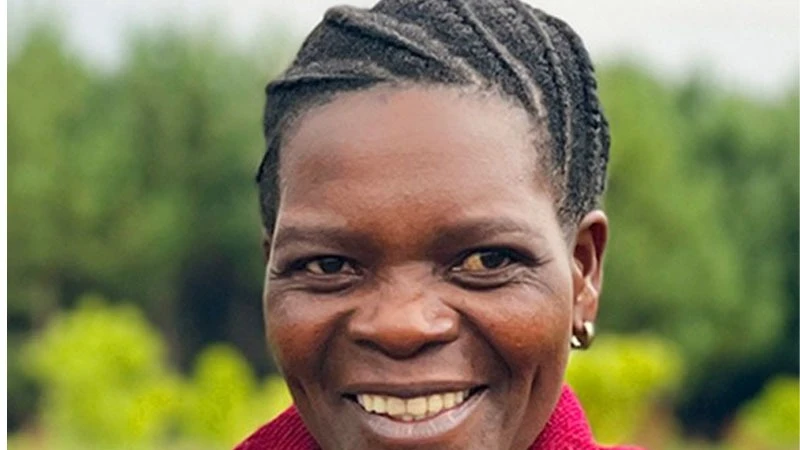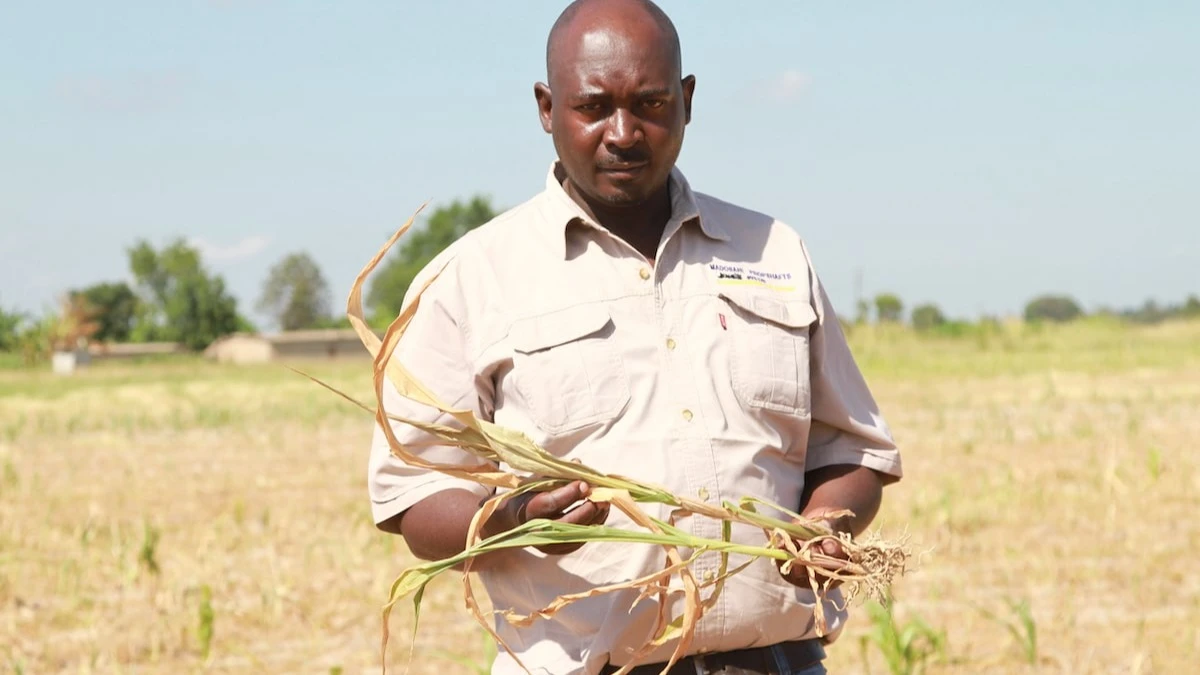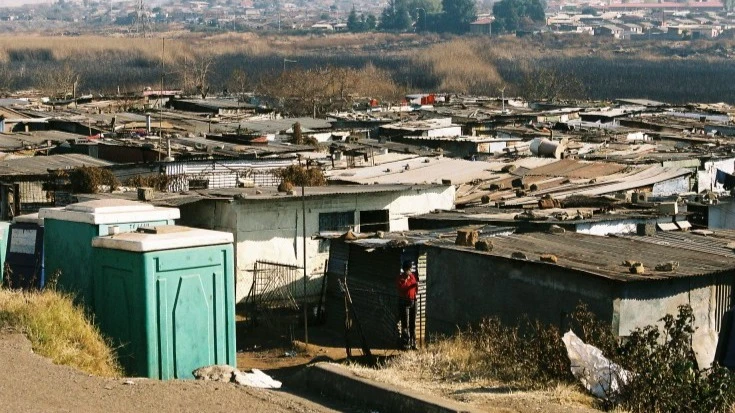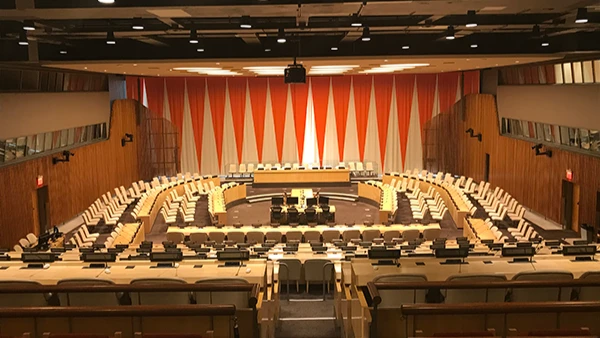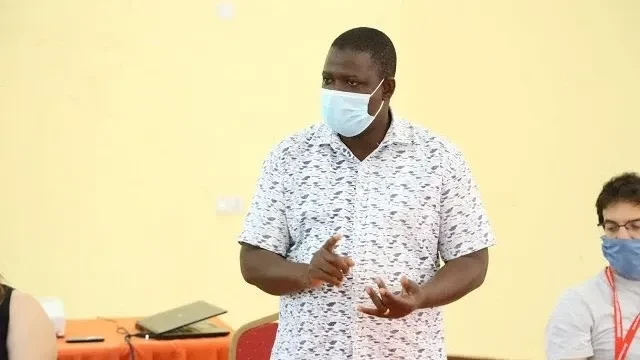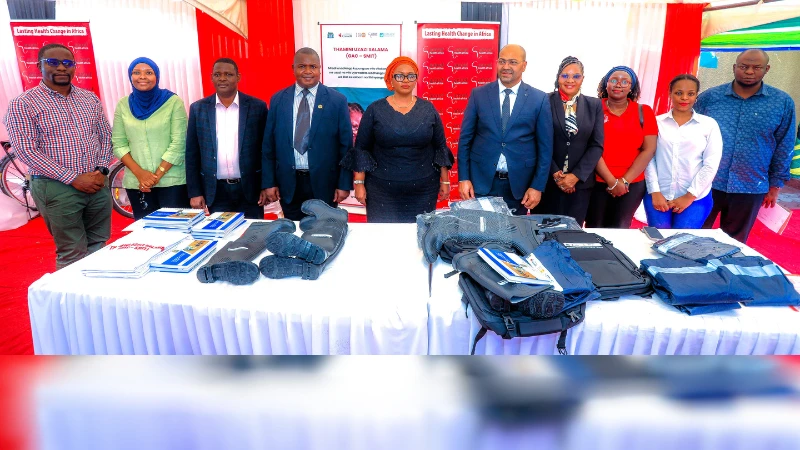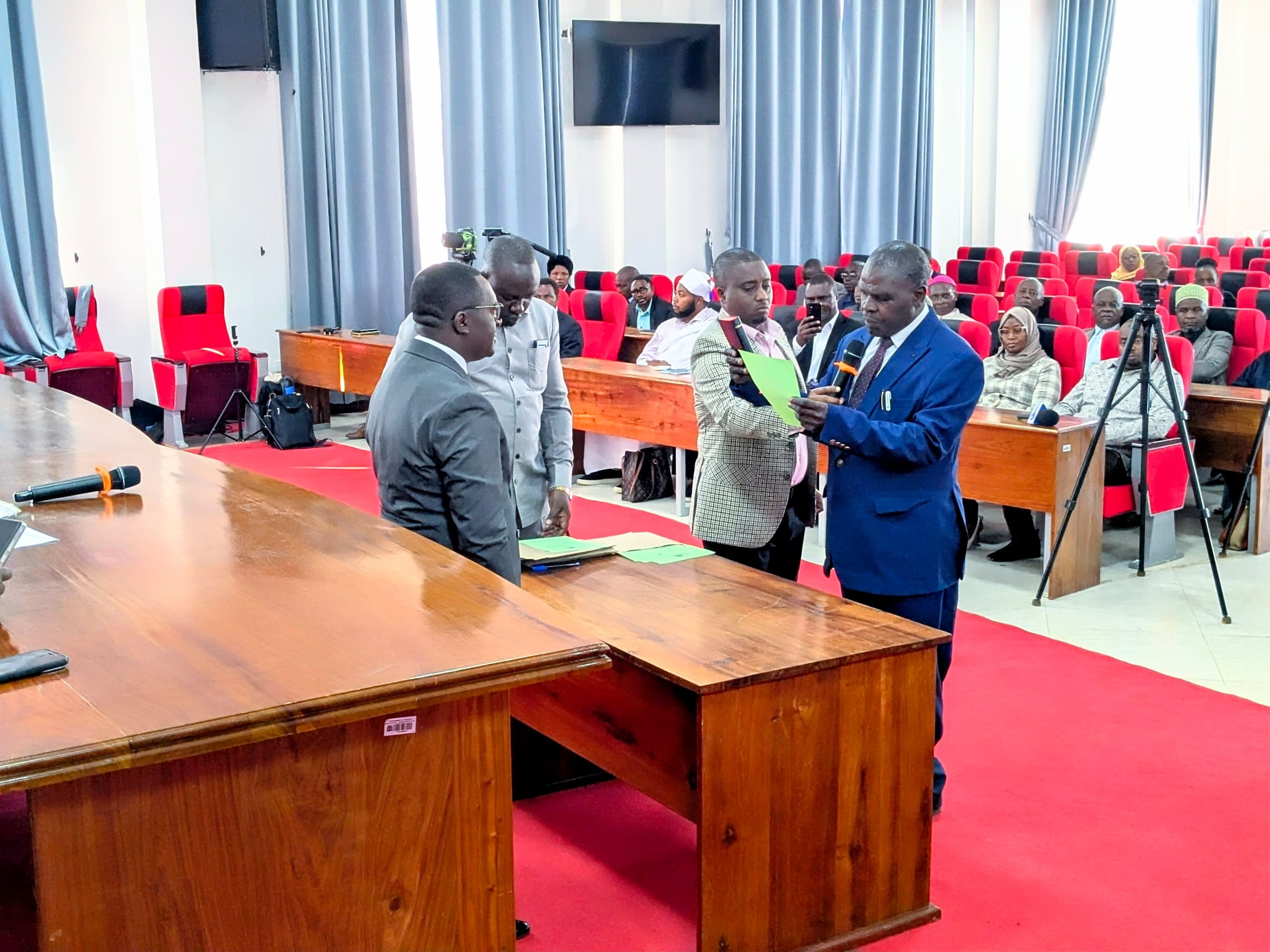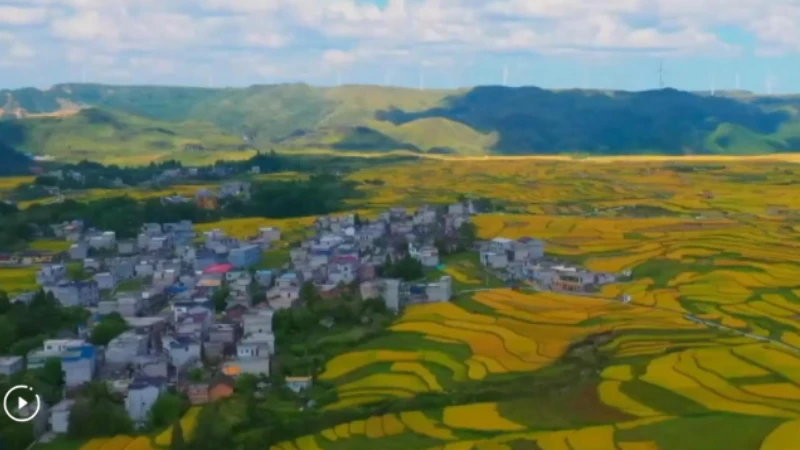What it entails to produce chemical residue-free crops
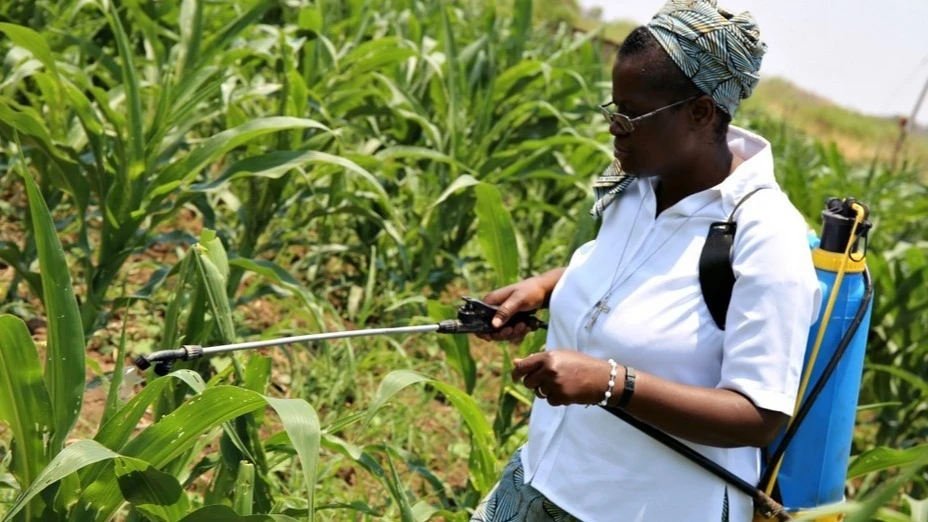
IN some parts of the country, smallholder farmers produce the crops they can use for food and sell some of their produce to get money that can sustain them.
These farmers often lack expert assistance on how they can increase their crop yield on their small farms due to attacks of pests and diseases because they often rely on indigenous knowledge.
As a result, they may be exposed to toxic chemicals because they normally use them without wearing proper protective clothing. They may also subject customers who buy their produce to health risks because they may not know how to apply the right chemicals and also may not know how long it takes from pesticide application to harvest time. So, the majority of smallholder farmers may be ignorant of the necessity of a preharvest period in their farming.
A joint FAO/WHO food standards programme codex committee document on contaminants in foods held in Bangkok, Thailand, on March 23-27, 2025 says: “Reliable information on food consumption, collected at individual level, is needed to estimate dietary exposure to chemicals and biological agents in the general population and in vulnerable population groups.”
The joint document says currently, the growing evidence of various chemical substances and their mixtures in water is a major cause for concern, especially with no harmonised standards for chemical parameters.
“Intensified use of some compounds, as may be the case for agrochemicals, and synthetic fluorine compounds, can pose threats to human health through contamination of food commodities,” reads part of the joint document.
On new food and production systems, the document says, while most food safety hazards linked to new foodstuffs have also been identified in traditional foodstuffs, some can be unique, arising from new food ingredients, inputs and processes.
A report on toxic harvest published by Pesticide Action Network Europe (PAN Europe) in 2024 says fruit and vegetables in Europe are increasingly contaminated with perfluoroalkyl and polyfluoroalkyl substances (PFAS) pesticide residues. According to an open educational resource (OER), PFAS pesticide residues are also called “forever chemicals” because they don’t easily break down in the environment.
In its key findings, the PAN Europe report says: “In total, residues of 31 different PFAS pesticides were detected in EU fruit and vegetables between 2011 and 2021.”
Furthermore, it says while European-grown vegetables (12 per cent) were on average less heavily contaminated with residues of PFAS pesticides than fruit (20 per cent), some were particularly polluted: chicories (42 per cent), cucumbers (30 per cent), peppers (27 per cent).
With this background information, it is likely that in our context smallholder farmers who do not get expert advice on best agricultural practices may apply chemicals in a way that exposes them or their customers to health risks. This means that smallholder farmers should be helped on how to safely grow and harvest their produce to minimise health risks.
Since they mostly rely on indigenous knowledge, they can produce more if they are helped on how to abide by best agricultural practices. One of the areas they need help is on the use of chemicals because chemical residues seem to be a problem not only in Europe, but also in sub-Saharan Africa.
“Toxic residues from pesticides and other sources pose a growing threat in sub-Saharan Africa, impacting both human health and the environment. This is due to increased use of pesticides in agriculture, industrial discharges, mining activities, and improper waste management,” says an OER.
So, our farmers can avoid this if they know the right time they can apply chemicals on their crops, the time of preharvest interval (PHI), and the time they can harvest and store their produce and ensure it is not affected by aflatoxins, which also contaminate foodstuffs like maize, groundnuts, peanuts, and tree nuts. “PHI is crucial for ensuring that pesticide residues on harvested crops remain within safe limits for consumption, as established by regulatory bodies.”
In relation to the use of chemicals, there is a need for smallholder farmers to be educated about the right way of using chemicals so that their customers are not subjected to the ingestion of toxic chemicals when they buy and use food crops which have been harvested before the completion of preharvest interval.
Kiwango et al. (2018) in their study suggest that “overdosing and harvesting of crops before preharvest intervals is a possible scenario, and would result in unacceptable pesticide residues in vegetables with a subsequent increased risk of human exposure.”
Ssemugabo et al. (2022) in their study used 160 fruit and vegetable samples collected from 50 farms, 50 markets, 20 streets, 20 restaurants and 20 homes and analysed them “using liquid chromatography-tandem mass spectrometry and gas chromatograph-mass spectrometer for dithiocarbamates.” Accordingly, they detected pesticide residues in the majority of their samples (95.6 per cent).
It suffices to say that the ingestion of chemical residues can be minimised if smallholder farmers are helped on how to safely grow, harvest and store their produce. If this is done, there will be minimal exposure to toxic chemicals.
Top Headlines
© 2025 IPPMEDIA.COM. ALL RIGHTS RESERVED


